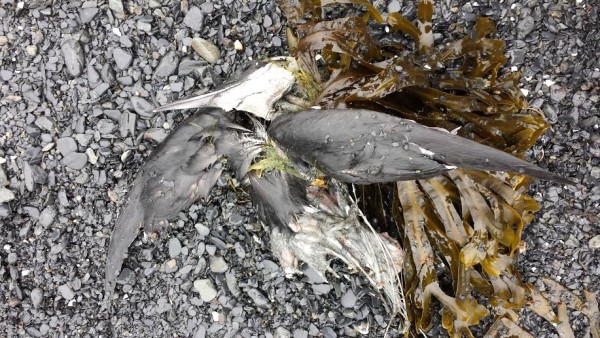OF THE
TIMES
First, of course Macron is a puppet and he was installed. He is not a strategist and he is not intelligent. He is a puppet. Scholz is another...
Honestly, Where do they dig these crackheads up. Nuland is full on responsible for the country 404 debacle. The blood of 500,000 Banderists are on...
"Our own future and our security is at stake in Ukraine," the French leader argued, ... Like it was in Chad and Niger, I suppose.
Typical France, All pomp and bravado until the big boys start to unpack their toys then it's Oh shit, Run away, Run away! They do it every time.
Reading this headline, I immediately knew it was a mainstream article. Because actual statistics show the exact opposite. When healthcare...
To submit an article for publication, see our Submission Guidelines
Reader comments do not necessarily reflect the views of the volunteers, editors, and directors of SOTT.net or the Quantum Future Group.
Some icons on this site were created by: Afterglow, Aha-Soft, AntialiasFactory, artdesigner.lv, Artura, DailyOverview, Everaldo, GraphicsFuel, IconFactory, Iconka, IconShock, Icons-Land, i-love-icons, KDE-look.org, Klukeart, mugenb16, Map Icons Collection, PetshopBoxStudio, VisualPharm, wbeiruti, WebIconset
Powered by PikaJS 🐁 and In·Site
Original content © 2002-2024 by Sott.net/Signs of the Times. See: FAIR USE NOTICE

is most likely the result of the death funnel of actinides pouring fourth from Fukushima - day in, day out for over 4 years. Since the core are still fissioning (as measured in short-lived radioactive by-products found in Tokyo sewers) and are still falling into the earth under the wrecked power plants on their way to groundwater, this will not be ending for hundreds of years, minimally. This is the new normal. Fish, animals, birds, sea plants are all dying. A test of salmon caught recently off Alaska have been tested positive for radioactive poisoning. These fish are harvested and sold to consumers who eat them and take the radioactivity into their own bodies. Where it seeks bone; it seeks blood and soft tissue; it seeks the brain... Our body components being replaced by a radioactive mimicking-component. www.enenews.com